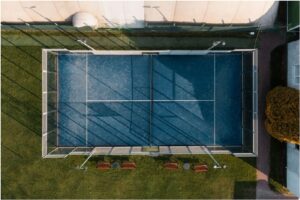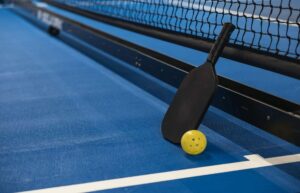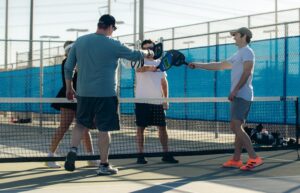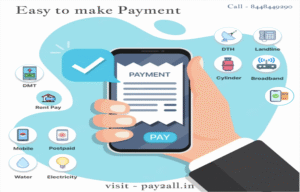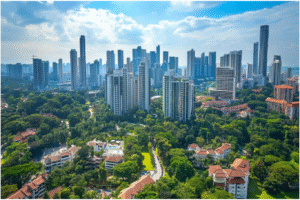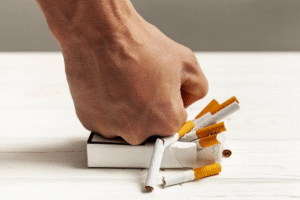How much does it cost to resurface a pickleball court
Resurfacing a pickleball court is a vital maintenance task to keep it in top-notch condition. Whether you’re a club owner, a community organizer, or a dedicated pickleball player, understanding the costs involved in resurfacing can help you plan and budget effectively. In this comprehensive guide, we’ll explore “How much does it cost to resurface a pickleball court” and provide valuable insights into the process and factors that influence the costs.
Let’s dive into the world of pickleball court resurfacing costs.
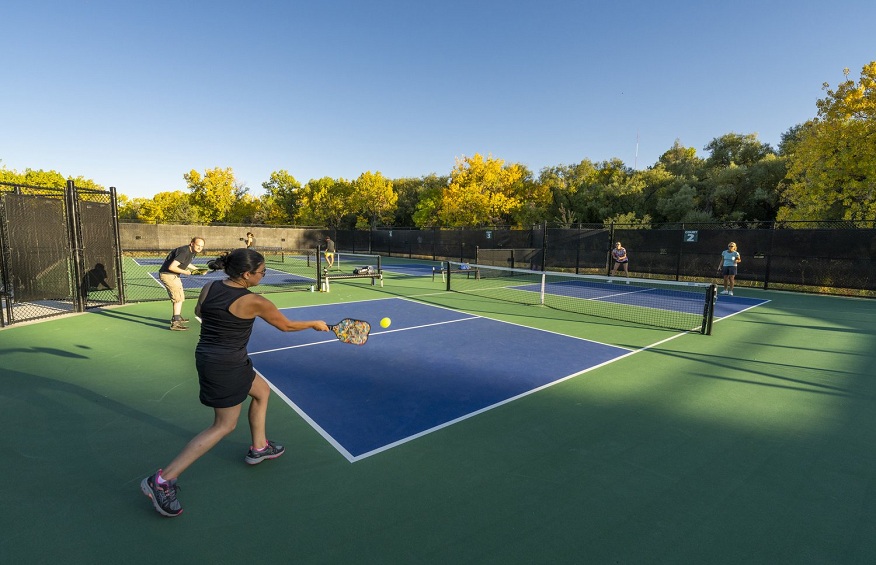
Factors Affecting Resurfacing Costs
Resurfacing costs can vary significantly based on several key factors:
- Court SizeThe dimensions of your pickleball court will impact the amount of surfacing material required.
- Surface Condition The existing condition of your court can affect costs, as repairs or additional preparation may be needed.
- Materials The choice of surfacing material, such as acrylic, cushioned, or asphalt, will influence costs.
- Labor and Installation Labor costs for the resurfacing process play a significant role in the overall expenses.
- Additional Repairs If your court needs repairs, like crack filling or leveling, these will add to the costs.
- Markings and StripingAddingpickleball court markings and striping is a common additional expense.
- Local Labor Rates Labor rates in your area can vary, impacting the total cost.
Read More: Is the iC3 Shot Trainer the Best in the Market
Cost Ranges
To give you a rough idea of what to expect, here are the cost ranges for pickleball court resurfacing:
- Basic Resurfacing: This typically includes surface preparation, a new layer of surfacing material, and court markings. Costs can range from $2,000 to $5,000 for a single court.
- Mid-Range Resurfacing: In this category, you can expect higher-quality materials, added cushioning, and professional installation. Costs range from $5,000 to $10,000.
- Premium Resurfacing: If you’re looking for top-tier materials, advanced cushioning systems, and a flawless finish, costs can go beyond $10,000 per court.
DIY vs. Professional Resurfacing
While some enthusiasts attempt to resurface their pickleball courts as a DIY project, it’s often recommended to hire professionals. DIY resurfacing can save money on labor costs, but it requires specialized equipment and experience. Mistakes can lead to increased costs in the long run.
FAQs
Is resurfacing the only option to maintain a pickleball court?
Resurfacing is a comprehensive option, but routine maintenance, like crack repairs and cleaning, can prolong the life of the court surface.
How long does a pickleball court resurfacing typically last?
The longevity of a resurfacing job can vary depending on factors like usage, climate, and maintenance. It can last anywhere from 5 to 12 years.
Are there any eco-friendly surfacing options available?
Yes, eco-friendly and low-impact options like acrylic resurfacing are available for environmentally conscious pickleball players.
Can I save costs by resurfacing multiple courts at once?
Yes, resurfacing multiple courts in a single project can often result in cost savings per court.
Are there any grants or funding options available for court resurfacing projects?
Many local organizations, clubs, and communities offer grants or fundraising options to support court resurfacing projects.
Is it possible to change the color of the court during resurfacing?
Yes, you can often choose different colors or designs when resurfacing your pickleball court.
Conclusion
Resurfacing a pickleball court is a significant investment, but it’s essential to maintain a safe and enjoyable playing environment. By understanding the factors that influence costs and considering your specific needs, you can make an informed decision regarding resurfacing. Whether you’re a dedicated player or involved in court maintenance, this guide equips you with the knowledge to budget effectively and enjoy a well-maintained pickleball court.

